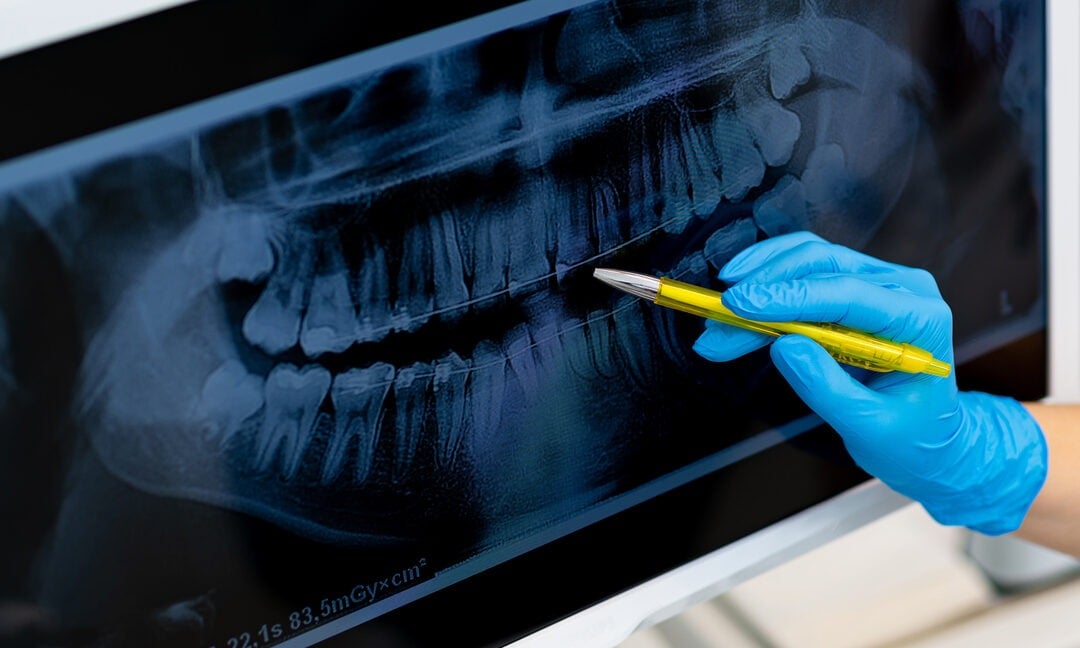The Advantages of Normal Checkups to a Dentist Eugene Oregon
The Advantages of Normal Checkups to a Dentist Eugene Oregon
Blog Article
Discover the Variety Of Dental Issues Dentists Frequently Deal With
From the widespread issue of tooth cavities caused by bacterial activity to the a lot more insidious progression of gum tissue disease, dental specialists must be skilled at very early discovery and treatment. Tooth level of sensitivity, typically resulting from worn enamel, includes another layer of complexity, while the very early recognition of oral cancer cells can be life-saving.
Tooth Cavities and Dental Caries
While maintaining optimal oral health is important, tooth cavities and dental caries remain common concerns that dental practitioners often deal with. Cavities, additionally referred to as dental decays, are caused by the demineralization of tooth enamel due to acid-producing bacteria in the mouth. These germs prosper on sugars and starches from food and beverages, developing a cycle of acid assaults that slowly wear down the enamel and dentin layers of teeth. If left untreated, dental caries can cause substantial dental complications, including infections and tooth loss.
To identify tooth cavities and tooth degeneration, dental practitioners utilize a mix of visual examinations, oral X-rays, and occasionally laser fluorescence devices. Therapy alternatives vary depending on the seriousness of the degeneration. Early-stage dental caries may be taken care of with fluoride therapies that assist remineralize the enamel. For advanced decay, a dentist may need to remove the compromised tissue and restore the tooth with fillings made from products such as composite material, amalgam, or porcelain.
Precautionary procedures are vital in combating dental caries and tooth decay. Regular dental examinations, correct cleaning and flossing strategies, and a balanced diet low in sugary foods and drinks are basic practices that sustain oral health and reduce the danger of cavities.
Gum Tissue Condition

This creates the gums to pull away from the teeth, producing pockets that end up being infected. As the body's immune system combats the germs, the bone and connective tissue that hold teeth in location are damaged down.
Dental practitioners identify periodontal disease via professional exam and gum probing to determine pocket depths around the teeth. Treatment may include scaling and origin planing to eliminate tartar and germs from tooth surfaces and beneath the periodontals.

Tooth Level Of Sensitivity
Beyond gum disease, another usual oral issue that patients frequently experience is tooth sensitivity. Characterized by a sharp, short-term discomfort in action to stimuli such as hot, cold, sweet, or acidic foods and beverages, tooth sensitivity can considerably impact a client's quality of life.
In addition, dental procedures, cracked teeth, and gum tissue illness can subject the dentin. To alleviate tooth sensitivity, dental practitioners may advise utilizing toothpaste formulated for delicate teeth, fluoride treatments to reinforce enamel, or dental bonding to cover subjected dentin.
Eventually, addressing tooth level of sensitivity calls for a detailed method that consists of both preventive procedures and targeted treatments to minimize pain and protect the dental frameworks.
Dental Cancer
Oral cancer cells, a potentially lethal and serious problem, usually flies under the radar in routine oral treatment conversations. This type of cancer can impact any kind of part of the oral tooth cavity, consisting of the lips, tongue, cheeks, floor of the mouth, soft and tough palates, sinuses, and throat. Early discovery is vital for effective treatment, yet lots of instances are detected at advanced stages because of subtle preliminary signs.
Misaligned Bites
Misaligned attacks, also referred to as malocclusions, are hop over to here a common dental concern that can dramatically affect both dental health and wellness and total lifestyle - dentist in eugene oregon. These problems happen when the top and lower teeth do not straighten properly, bring about problems in attacking, eating, and here are the findings even talking. Malocclusions can be categorized right into different types, including overbites, underbites, crossbites, and open attacks, each offering distinct difficulties that call for customized treatment approaches
The sources of misaligned bites are diverse and can include genetic elements, very early loss of main teeth, thumb sucking, and injuries to the jaw. Symptoms often include discomfort or pain in the jaw, frequent biting of the inner cheeks, and a boosted danger of dental cavity and gum tissue condition as a result of trouble in keeping dental health.
Orthodontists and dental experts use a series of treatments to resolve misaligned attacks, from standard braces and clear aligners to advanced medical treatments in serious cases. Early medical diagnosis and therapy are crucial to avoid issues such as temporomandibular joint (TMJ) conditions and abnormal endure teeth. With extensive evaluation and tailored therapy plans, dental specialists play a crucial duty in dealing with malocclusions and improving patients' dental feature and appearances.
Final Thought
Tooth cavities and tooth degeneration result from bacterial activity that endangers tooth enamel, while gum illness can intensify from gingivitis to extreme gum conditions. Tooth level of sensitivity entails pain from thermal stimulations, requiring details treatment.
To identify cavities and tooth degeneration, dental professionals use a combination of visual evaluations, oral X-rays, and in some cases laser fluorescence devices.Beyond gum tissue disease, one more common dental concern that people frequently experience is tooth sensitivity. In addition, dental treatments, why not try these out fractured teeth, and periodontal condition can expose the dentin. To mitigate tooth sensitivity, dental professionals may advise using tooth paste created for delicate teeth, fluoride therapies to strengthen enamel, or dental bonding to cover exposed dentin. Tooth cavities and tooth degeneration result from bacterial activity that jeopardizes tooth enamel, while gum tissue disease can intensify from gingivitis to serious gum problems.
Report this page